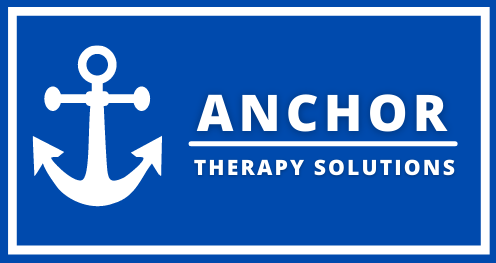Plantar Fascitis
While occupational therapists may not be the primary healthcare providers that come to mind for plantar fasciitis, Here are a few reasons why our occupational therapists will focus on plantar fasciitis:
Occupational therapists play a supportive role in the overall management of this condition. The main focus of occupational therapy for plantar fasciitis is to help individuals maintain or regain their functional independence and improve their quality of life.
Holistic Approach: Occupational therapists take a holistic approach to healthcare, considering the impact of a condition on a person's overall well-being and functional abilities. By addressing the functional limitations caused by plantar fasciitis, occupational therapists aim to enhance a person's ability to engage in daily activities, work, and leisure pursuits.
Education and Lifestyle Modification: Occupational therapists can educate patients about plantar fasciitis, its causes, and the importance of adherence to treatment plans. They can provide guidance on lifestyle modifications, such as proper footwear, ergonomics, and activity modifications, to reduce strain on the foot and promote healing.
Activity Analysis and Modification: Occupational therapists can assess an individual's daily activities and work demands to identify any factors that contribute to or aggravate plantar fasciitis symptoms. They can then suggest modifications in activity techniques, equipment, or environment to minimize pain and stress on the feet.
Splinting and Orthotics: Occupational therapists can fabricate or recommend appropriate splints or orthotics to provide support, alignment, and relief to the foot. Custom orthotic devices can help distribute pressure evenly across the foot, reduce strain on the plantar fascia, and promote healing.
Pain Management: Occupational therapists can employ various pain management techniques to help individuals cope with plantar fasciitis-related pain. These may include therapeutic modalities such as ultrasound, heat or cold therapy, laser, or e-stim and beyond
Manual Therapy Techniques:
Instrument-Assisted Soft Tissue Mobilization (IASTM): IASTM involves the use of specialized instruments to apply controlled pressure and friction over affected soft tissues, such as the plantar fascia. This technique helps break down scar tissue, adhesions, and fascial restrictions, promoting improved tissue mobility, blood flow, and healing. Occupational therapists trained in IASTM can incorporate this technique into their treatment approach for plantar fasciitis.
Myofascial Release: Myofascial release involves gentle, sustained pressure applied to myofascial restrictions to release tension and improve tissue flexibility. Occupational therapists may use their hands or specialized tools to perform myofascial release techniques on the plantar fascia and surrounding soft tissues. This approach aims to reduce pain, enhance tissue extensibility, and restore normal movement patterns.
Trigger Point Therapy: Trigger points are hyperirritable spots within muscles that can contribute to referred pain and dysfunction. Occupational therapists may employ manual techniques, such as deep pressure or ischemic compression, to deactivate trigger points in the lower leg and foot muscles associated with plantar fasciitis. This helps alleviate pain and reduce muscle tension.
Nerve Mobilization: Nerve mobilization techniques involve gentle movements applied to nerves to reduce neural tension and improve nerve gliding. Occupational therapists may perform specific nerve mobilization techniques on the lower extremity nerves, such as the peroneal nerve, tibial nerve, sural nerve, saphenous nerve the medial and lateral plantar nerves, to address any nerve-related symptoms associated with plantar fasciitis. This can help alleviate pain, tingling, or numbness caused by nerve compression or irritation.
Manual Lymphatic Drainage: a specialized technique used to improve lymphatic circulation, reduce swelling, reduce pain enhance overall healing. Click to read more about MLD and plantar fasciitis.
Functional Rehabilitation: Occupational therapists can design and implement individualized rehabilitation programs that focus on restoring function and improving mobility. This may include exercises to strengthen the foot and lower extremities, as well as stretches to improve flexibility and reduce tension on the plantar fascia.
Adaptive Equipment and Assistive Devices: In cases where plantar fasciitis severely limits mobility, occupational therapists can assess the need for and provide appropriate assistive devices or adaptive equipment to facilitate independent movement and engagement in daily activities.
Patient Empowerment and Self-Management: Occupational therapists can empower patients by teaching self-management strategies, such as self-massage techniques, stretching exercises, and activity pacing, to control symptoms and prevent exacerbations.
A comprehensive treatment plan for plantar fasciitis often involves a multidisciplinary approach, with occupational therapy working in conjunction with other healthcare professionals, such as physical therapists, podiatrists, and orthopedic specialists, to provide holistic care to the patient. Contact us today to schedule an evaluation and start your journey to freedom now!



